Networking at 1.3Gbps
Networking technologies have been improving since the introduction of Wi-Fi standards. However, there has been a major breakthrough with the introduction of IEEE 802.11ac standard. This is an upgrade to the IEEE 802.11n standard that delivered data at 600 megabits per second (Mbps). 802.11ac incorporates wide bands, multiple antennae, beam-forming and runs at 5GHz, delivering data at the rate of 1.3Gbps. The standard also supports better penetration through walls along with longer ranges, which makes it popular amongst chip-set companies.
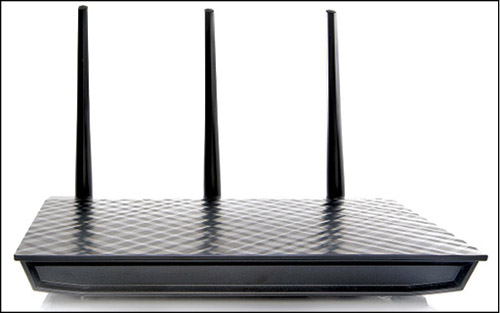
From application point of view, the technology would allow consumers to synchronise data instantly or transfer files quickly from one device to the other. The 802.11ac provides a more reliable network as compared to the networks with previous standards. This makes 802.11ac ideal for media streaming.
When it comes to wireless communication, apart from this, security is the major concern with the upcoming standards. The 802.11ac solves this issue by enabling high-encoding density per packet. It also works on multi-user, multiple input multiple output (MIMO), decreasing interference with an efficient spectrum usage and a great AP/client capacity.
Although 802.11ac is fast and enables easy streaming, it has certain associated shortcomings that would not only affect the designing aspect but also the working ability of the devices. For example, it claims to transfer data at a high rate of 1.3Gbps, which is only possible at laboratory conditions. However, there is no information on the actual rate of data transfer that should be expected. Again, 802.11ac supports eight data streams, whereas the client devices support single stream and so such high-speed working is not possible unless the devices are designed to support multiple streams. The designers need to take care of the fact that 802.11ac only supports 5GHz range and cannot be made to work at other lower ranges.
Unlike other Wi-Fi technologies, 802.11ac is not omni-directional and throws a single beam of signal from the access point (AP) to the device, and vice-versa. Even though this seems to be a positive feature that would allow fast streaming, signal tracking might be a challenge for devices in a large area or devices that have a weak signal detection strength.
Low-energy wireless communication
Last few years gave us the Bluetooth Low Energy (BLE) called Bluetooth Smart. Bluetooth Smart is not backward compatible with previous versions of Bluetooth protocol (classic), but Bluetooth 4.0 specification permits devices to either implement the BLE or the classic or both. Bluetooth 4.0 has supported Bluetooth Smart since over two years now, facilitating us with Bluetooth Smart Ready (compatible with both, classic and BLE) and Bluetooth Smart (BLE only) devices.

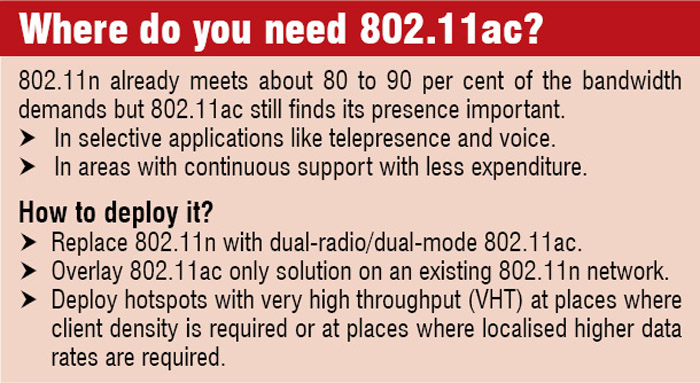
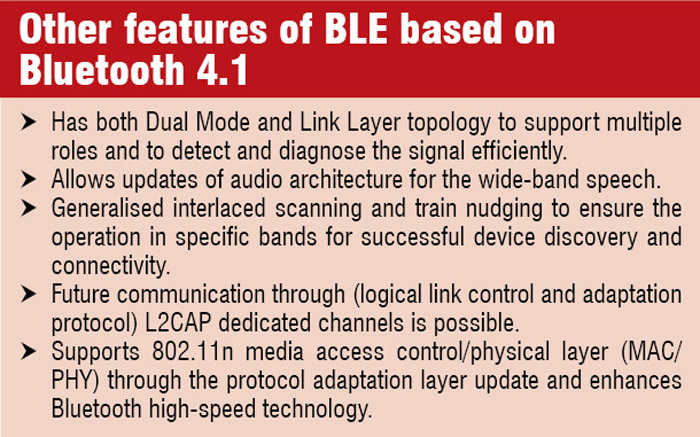
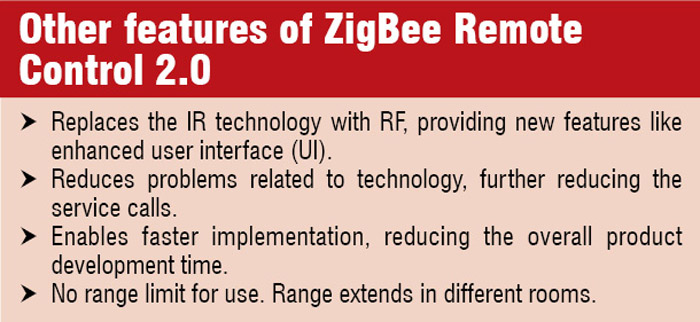
A new addition to this is the Bluetooth 4.1 specification that adds to the features of Bluetooth 4.0 by allowing the devices to support multiple roles at the same time. It allows Bluetooth Smart Ready products to act both as a peripheral and a hub at the same time. You would also be amazed to know that Bluetooth 4.1 can coexist with other wireless technologies at the same band (for example, the Wi-Fiat 2.4GHz band) without much interference.
Nitin Gupta, lead engineer-µEnergy Applications, CSR, says that Bluetooth has been in use by mobile users since a long time now, so switching over to Bluetooth Smart is not a concern. Pointing out its essential features, Gupta says, “BLE has both a defined profile and an ability to define its profile, which is not ideally the case with other wireless technologies.” Just to add to this, BLE has the ability to co-exist with other mobile wireless technologies on the same band with least interference, so there will be least chance of data loss. Further, it has limited discovery time due to which the networks can be detected in less time.
With all the associated key features, Bluetooth 4.1 also has certain challenges when it comes to its application. The pairing of Bluetooth Smart devices (enabled with 4.1 specifications) with the long-distance feature allows eavesdropping on transactions, gives opportunities to track individuals, allows behaviour monitoring and enables spoofing of beacons. The other challenge is the cost and time invested to upgrade the infrastructure during the integration of the new Bluetooth technology. Gupta says, “Bluetooth Smart too has some design challenges when compared to other technologies. It has a lower footprint when it comes to hardware implementation, but has a widely-adopted operating system (OS).”
The implementation of BLE requires efficient radio with the right antenna, as they all work on the same frequency domain, that is, 2.4GHz. If the right antenna is not used, there will be a lot of interference between the networks.
Bi-directional communication
The ZigBee standard operates on IEEE 802.15.4 (physical radio) specification, in the unlicensed bands (868MHz, 900MHz and 2.4GHz). However, there is a recent enhancement to this standard with the ZigBee Remote Control 2.0 that works on Radio Frequency for Consumer Electronics (RF4CE) specification. The RF4CE provides a simple networking layer and standard application layer to create a multiple-vendor operable solution to be used within a home.
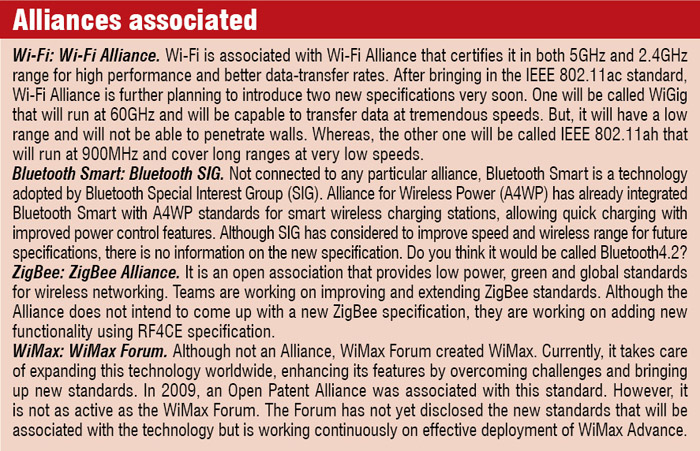


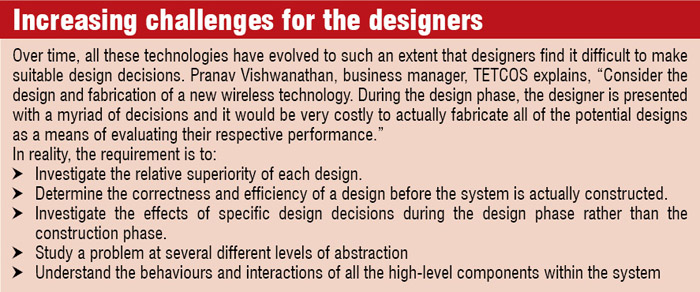

The ZigBee Remote Control 2.0 uses faster and more reliable radio frequency (RF) technology as compared to infra-red (IR) for operation from greater distances. It consumes less power than IR and provides a fast and reliable bi-directional communication network, with an over-the-air update. Hence, it does not require to be connected with any external hardware for updates.
The ZigBee Remote Control 2.0 standard provides a new feature called ‘Find My Remote’ that allows other devices to detect and connect to the ZigBee module in smart homes. Since the new specification allows ZigBee to operate at 2.4GHz band over three channels, it gets the power-saving mechanism incorporated. It utilises the industry standard AES-128 security scheme that makes the technology more secure. The RF4CE specification with Remote Control 2.0 standard allows ZigBee modules to control a wide range of products, starting from the home entertainment system to the key-less entry system.
Replacing IR with RF in ZigBee initiates some design challenges when it comes to hardware and standards. Satyam Raj, design engineer, Toradex says, “Systems break with regards to RF circuits because of electromagnetic compatibility (EMC) and the hardware needs to follow certain compliances too.” A designer also needs to find out the intent of use of the hardware with RF standards when it comes to RF based wireless networks. Raj explains, “If the hardware is to be implanted within a human body, it should have stacked data for easy communication.”
Less-complex, multicast communication
Previously working with IEEE 802.16m and IEEE 802.16.1 standards, Wireless Metropolitan Area Networks (WiMax) has moved on to high-reliability networks with 802.16n and 802.16.1a standards. Where 802.16n focuses on minimising the complexity and architecture of the systems, 802.16.1a aims to promote commercialisation of broadband wireless access systems.
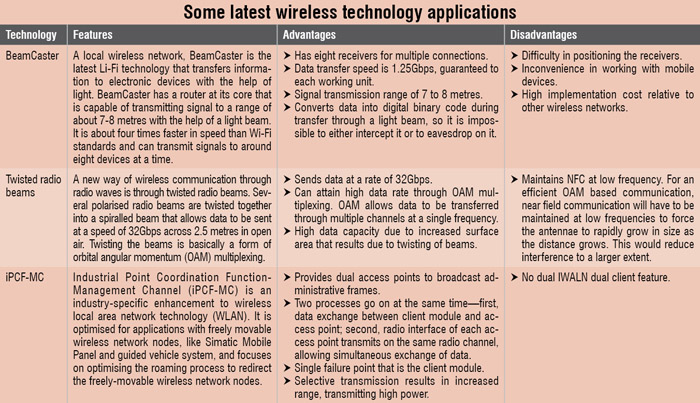
WiMax gained importance amongst consumers with the advent of WiMax Advance. WiMax Advanced had certain host challenges and the future of WiMax technology was uncertain, so the WiMax Forum came up with the WiMax 2.1 initiative. This initiative provides a clear technical roadmap for WiMax Advanced and its implementation with Time Domain Long Term Evolution (TD-LTE). Also, the Forum identified the need for multiple broadband wireless access technologies within the WiMax Advanced network. The implementation of WiMax Advanced with TD-LTE was done for the interoperability of products.
Such standards, when associated with WiMax, take it to a new level, providing minimum architectural complexity and avoiding any excessive system complexity. The interoperability of the IEEE 802.16n standard allows you to access multiple networks. It also provides multicast communication with multicast key management (MKM) protocols to avoid any eavesdropping and enable a reliable network.

The interface involving the devices between high reliability (HR) stations and non-HR stations are out of the scope of IEEE 802.16n and are compatible only with IEEE 802.16-2009/802.16j or IEEE 802.16m. The other challenge with this 802.16n standard is that, although it provides multicast communication with MKM, it does not support the re-keying of multicast authentication key.
While going through the new standards, you would have come across the advancements to the technologies as well as the various challenges. Despite these challenges, you will realise that Bluetooth 4.1 with Bluetooth Smart is the most popular technology in the industry today because of the wide acceptability of Bluetooth amongst mobile users and its less-interference feature. Bluetooth has evolved a lot over a period of time, from a high-energy, simple Bluetooth network for limited applications to a low-energy Bluetooth Smart for a large number of applications.
However, the next challenge in this era of new wireless technologies is Wi-Fi with gigabytes-speed of communication. Whereas, technologies like RF based ZigBee Remote Control 2.0 or the multicast key management with IEEE 802.16n are getting more and more reliable to outcast themselves in the competition.
The author is a technical journalist at EFY







